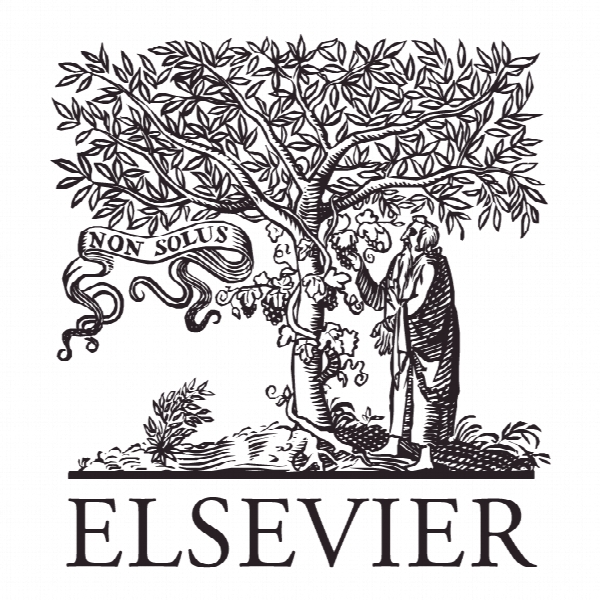نقش فرآیند جذب در حذف داروها توسط تصفیه قارچی فاضلاب The role of sorption processes in the removal of pharmaceuticals by fungal treatment of wastewater
- نوع فایل : کتاب
- زبان : انگلیسی
- ناشر : Elsevier
- چاپ و سال / کشور: 2018
توضیحات
رشته های مرتبط محیط زیست
گرایش های مرتبط آب و فاضلاب
مجله علوم محیط زیست – Science of the Total Environment
دانشگاه Scientific and Technological Park of the University of Girona – Spain
منتشر شده در نشریه الزویر
کلمات کلیدی انگلیسی Wastewater treatment, Trametes versicolor, Emerging contaminants, Water quality, Chromatography, Sludge
گرایش های مرتبط آب و فاضلاب
مجله علوم محیط زیست – Science of the Total Environment
دانشگاه Scientific and Technological Park of the University of Girona – Spain
منتشر شده در نشریه الزویر
کلمات کلیدی انگلیسی Wastewater treatment, Trametes versicolor, Emerging contaminants, Water quality, Chromatography, Sludge
Description
1. Introduction The concern about pharmaceutical contamination of the environment has increased over the last years. Several studies have shown that conventional technologies used in wastewater treatment plants (WWTPs) are not effective enough to degrade pharmaceutically active compounds (PhACs) because they are not designed to remove such compounds particularly (Verlicchi et al., 2012; Frédéric and Yves, 2014). As a consequence, new wastewater treatment technologies have been investigated and tested in order to provide higher removal efficiency of these compounds. Among them, fungal treatment of wastewaters has been pointed out as a promising technology due to the unspecific enzymatic system (in the case of lignolytic fungi), which is able to degrade a wide range of xenobiotics even at very low concentrations (Pointing, 2001; Guillén et al., 2005; Asgher et al., 2008). Many studies have been performed focusing on the fungal treatment of PhACs (Tran et al., 2010; Feijoo et al., 2011; Rodríguez-Rodríguez et al., 2012b; Yang et al., 2013; Cruz-Morató et al., 2014; Gros et al., 2014; Badia-Fabregat et al., 2015a, 2015b) showing quite good PhACs removal values specially when using the white rot fungi Trametes versicolor. However, there are still many questions to be answered regarding the fungal treatment, e.g., the role of the sorption processes in contrast to biodegradation processes in the elimination of the pollutants. Sorption in this article gathers both absorption (entry of pollutants inside the biomass) and adsorption (adhesion of pollutants to the biomass surface). Sorption processes in fungal treatment have been studied for contaminants such as textile dyes (Wang and Yu, 1998; Blanquez et al., 2004; Bayramoğlu and Arıca, 2007), personal care products (Badia-Fabregat et al., 2012) and some specific PhACs (Marco-Urrea et al., 2009; Marco-Urrea et al., 2010; Tran et al., 2010). However, in these studies, sorption evaluation was done indirectly, i.e., setting up a control flask with thermal inactivated fungus, and measuring the pollutants concentration in the water at the beginning and at the end of the experiment; the difference in concentration is then attributed to sorption processes assuming that biodegradation processes are not taking place. In contrast, no study in the literature so far has investigated the sorption of organic micropollutants in fungal biomass by means of direct measurement of these compounds in the solid phase. The main objective of the present work was to evaluate the role of the sorption processes in the removal of PhACs during fungal treatment. Direct measurement of contaminants in fungal biomass were performed considering two different types of experiments; namely batch experiments with different fungi performed with spiked synthetic water and experiments in a continuous bioreactor with the fungus T.versicolor for the treatment of veterinary hospital wastewater (VHW).


